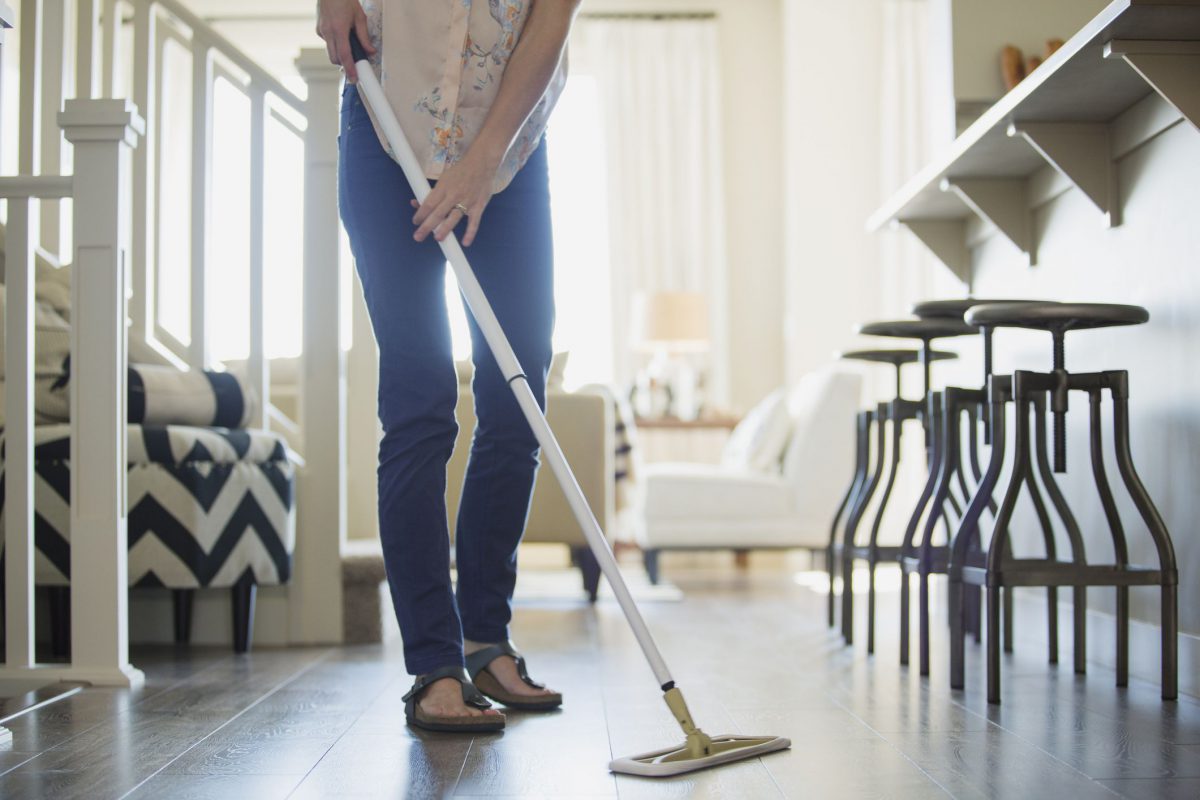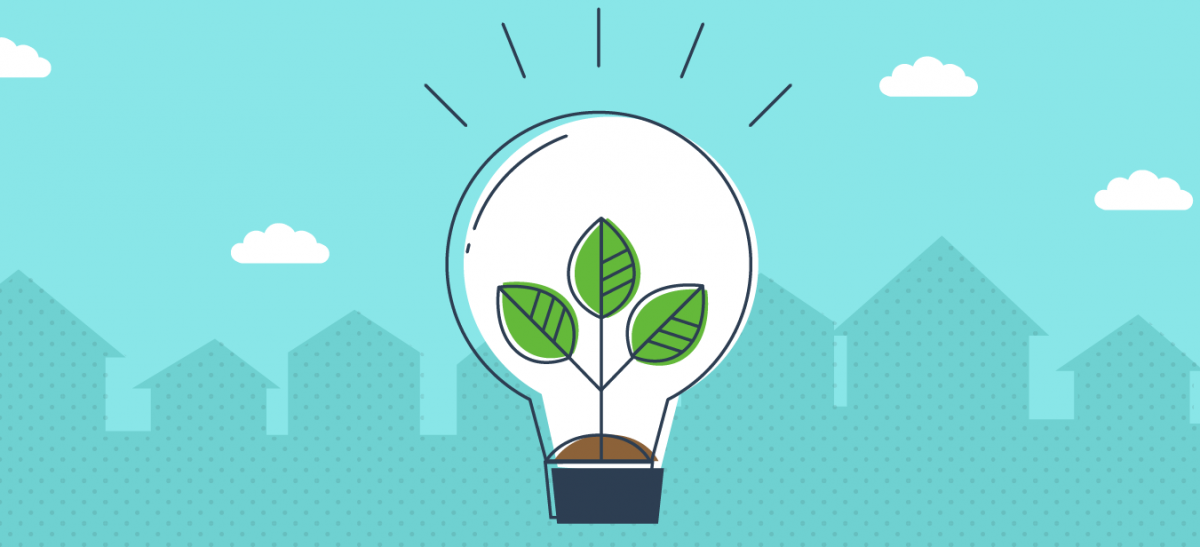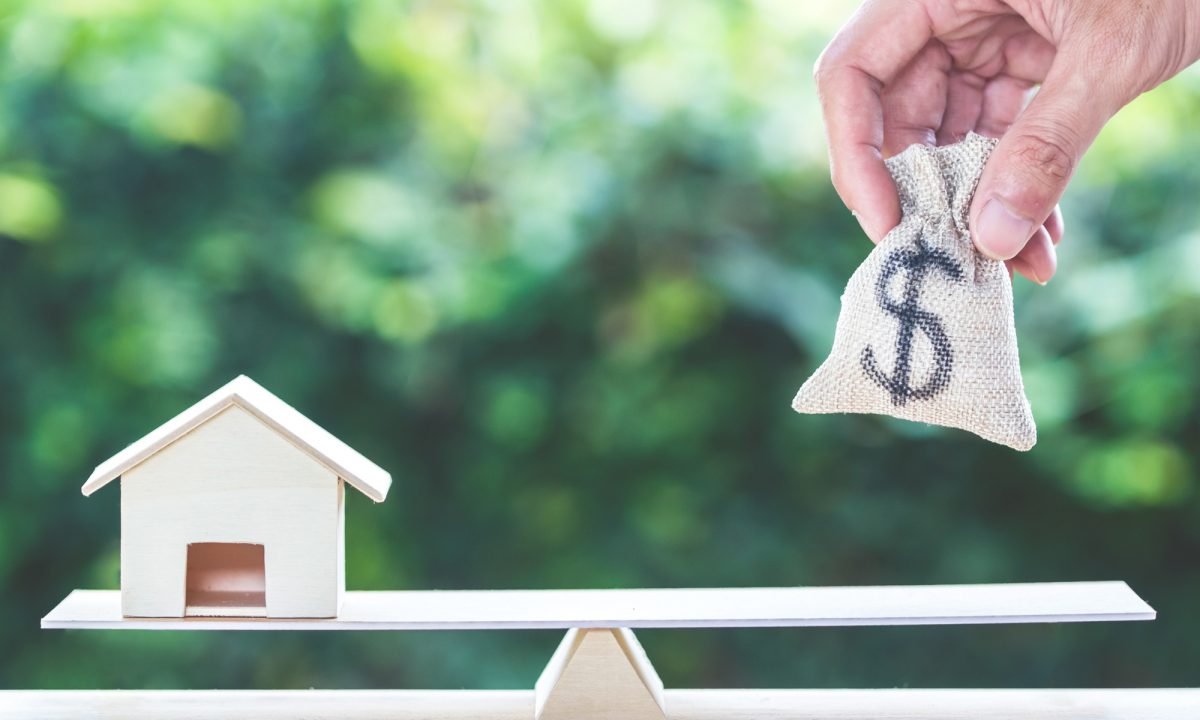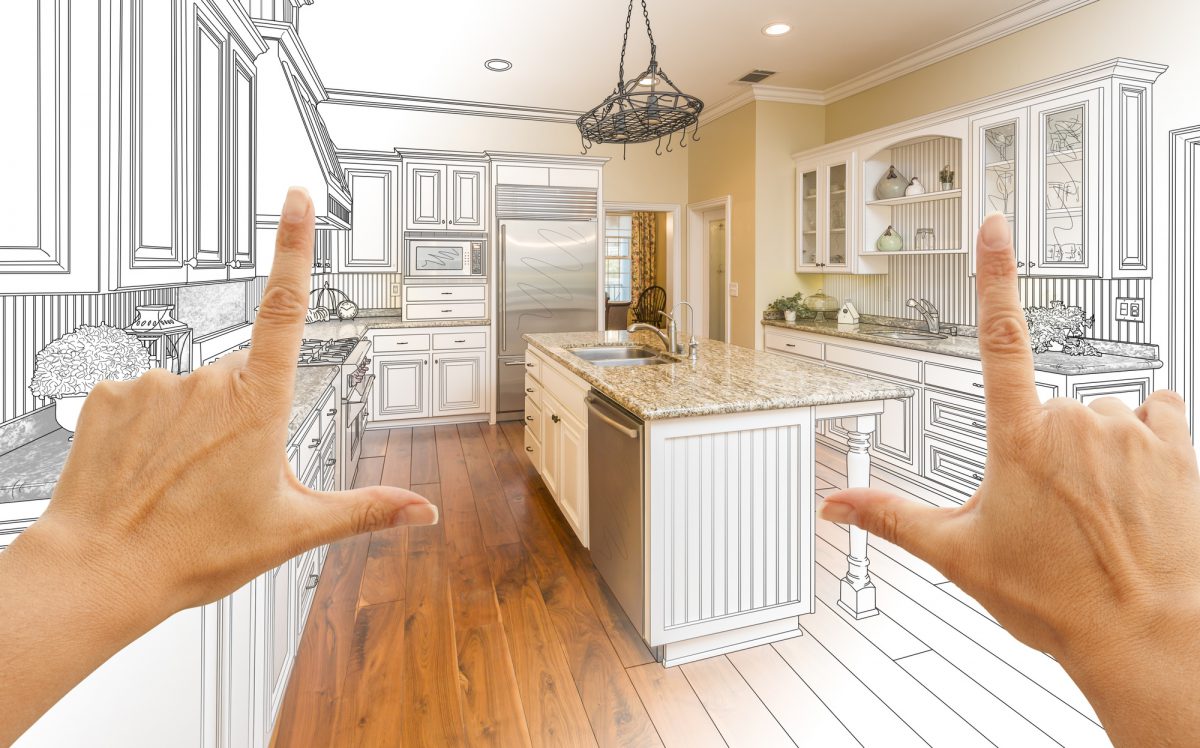My first year of home ownership looked something like this: three bathroom updates, basement renovation, updated backyard landscaping and a heck of a lot of paint. Although my husband and I intentionally planned on most of those projects, we also started making a wish list of other things we wanted to do, like expand the master bathroom or swap carpet for hardwood floors, which got me thinking—there’s a fine line between making updates that add immediate resale value and investing in choices with zero ROI down the road.
A 2018 Homeowner Protection Survey by Chubb, which queried more than 1,200 U.S. homeowners about their approach to property, found that 58% of homeowners will “definitely” or “probably” undergo a home renovation or improvement project over the next 12 months. Of those who plan to do so, 65% plan to spend at least $10,000, with 20% budgeting between $10,000-40,000 and 15% spending more than that.
But as you make decisions regarding home upgrades, renovation and major projects, it’s vital to pay close attention to the market value of your home and the homes around you. “Pay attention to what homes top out for in your neighborhood,” advises Leneiva Head, real estate broker and founder of Welcome Home Realty in Tennessee. “If they top out at $500,000, and yours is already worth $475,000, you may lose money if your project is more than $25,000. Even that bears consideration because if you spend $25,000, then you only break even. Check the market against your home’s current value, then plan your renovations.”
Unsurprisingly, homeowners are most likely to spend money renovating or improving kitchens and bathrooms, according to the Chubb data. Here’s why, along with two additional smart ways to increase your home value in the first year.
1. Modify the floor plan or add square footage.
“If you’ve purchased a home that’s closed off and choppy at a time when most people prefer a more open design, then removing a wall here or there will increase the value within a year,” says Head. “For example, a couple bought an older home with a wall between the kitchen and the living room. They removed the wall (leaving about two feet on each end), sanded the hardwood floors, and added an island in the kitchen—which created the open look people prefer.”
Or, simply add square footage through a second bathroom, family room or four-season room. Bigger homes usually lead to higher values, and that’s something buyers tend to notice. Meghan Chomut, a certified financial planner who specializes in supporting families and property owners, says adding another decent-sized bedroom alone can broaden your buyer list if you sell, since many people will always consider more bedrooms than their family requires, but rarely consider looking at properties with less. Finally, you can also focus on creating additional living space, such as finishing a basement, building a deck or converting an attic.
If you’re not sure where to start, Remodeling magazine offers a great “Cost versus Value” report, which analyzes what you’ll pay for various upgrades alongside how much you can expect to recoup upon selling. “The doubling of homeowner equity over the past six years has given people the financial wherewithal, and the confidence, to make investments in their homes,” says Hunter. “This is showing up now as homeowners take on projects that they may have previously put off, or as they indulge themselves in discretionary upgrades that they can now afford. People are showing a greater tendency to stay in the home they already have and improve it rather than moving.”
2. Update kitchens and bathrooms for the greatest return on investment.
Brad Hunter, chief economist at HomeAdvisor, notes that millennial homeowners are now twice as likely as baby boomers to tackle kitchen and bathroom remodels. Based on findings from HomeAdvisor’s annual True Cost report, most millennials have compromised on the size and condition of their first homes, and many purchase older homes that need repairs in order to be able to afford home ownership at all. Those stats combined with the fact that most people perceive bathroom and kitchen updates as most impactful on home resale value—and kitchens and bathrooms are high-use, high-traffic rooms—results in a high level of interest for these types of projects. Also, says Indiana mortgage banker Corey Vandenberg, appraisers tend to look for updates in these areas first, due to the appeal for potential buyers.
Kitchens will give you one of the biggest returns on your investment, says Aaron Bowman, a realtor in Connecticut. Start by replacing old appliances with new, and make sure all appliances match if possible. You can reface or replace outdated cabinets, as well as revive old flooring with newer tile or vinyl options. And even very simple updates, like a backsplash or new appliances, can be a valuable place to put your money, adds Des Moines-based realtor Sara Hopkins.
“For example, if you just bought a home with standard cabinets and Formica countertops in the kitchen, then a simple swap out for quartz or granite will benefit you in your efforts to realize a return on your investment,” says Head. “Add gourmet-style cabinets and swap out the fluorescent overhead light for monorail lighting and you’ve got a winner.”
With bathrooms, Bowman says a complete renovation usually isn’t required. You can tackle inexpensive elements like vanities, toilets and fixtures, and still get the look and feel of an update without breaking the bank.
3. Prioritize curb appeal with landscaping.
“Landscaping is probably the best and easiest, most affordable way to increase your home value in the first year,” says Hopkins. It makes sense—healthy trees, blooming flowers or plants and neatly trimmed lawns make a house, well, prettier. Cassy Aoyagi, president of FormLA Landscaping, says some of the most impactful ROI can be earned outside of the home, and shares three easy, low-cost steps homeowners can take to make it happen.
- Strategically plant native trees, which can reduce energy costs by as much as 50%, plus raise the value of neighboring homes
- Plant young shrubs and leave space for it to grow to full size, as this will help cool your property
- Replace annual plants or flowers with perennial foliage to help cut costs
What not to do: Aoyagi warns against installing synthetic turf and gravelscaping, as both can increase energy costs and degrade environmental resilience, as well as removing established trees.









